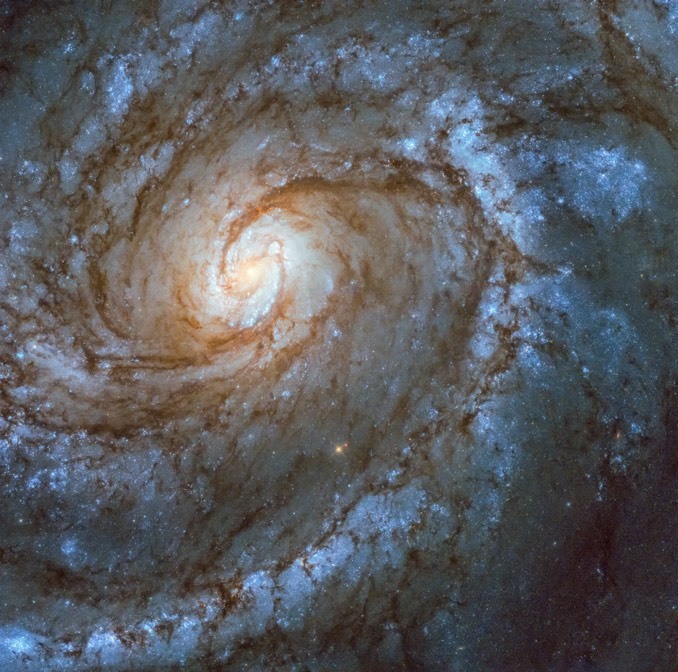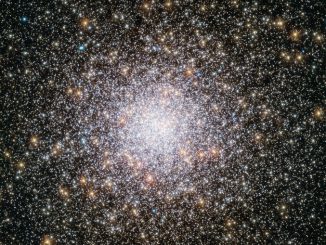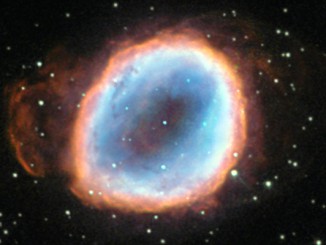The Hubble Space Telescope’s famously blurred vision was corrected in dramatic fashion during a make-or-break space shuttle repair mission 25 years ago this month. The telescope’s primary mirror suffered from spherical aberration, preventing it from bringing concentrated starlight to a sharp focus. NASA could not “fix” the mirror in space, but spacewalking astronauts were able to install corrective optics between the mirror and the observatory’s instruments, ensuring the space telescope’s legacy as one of the premier astronomical observatories on, or off, the planet.
The spiral galaxy M100 served as the perfect test case, providing a convincing demonstration the repair worked as planned. Images of the galaxy taken before the servicing mission were out of focus and virtually useless to astronomers. But with the corrective optics in place, the galaxy was revealed in all its splendour.

The image below, taken with Hubble’s Wide Field Camera 3, shows how much better the latest generation of instruments are compared to the ones on board at launch and after the initial repair mission.




